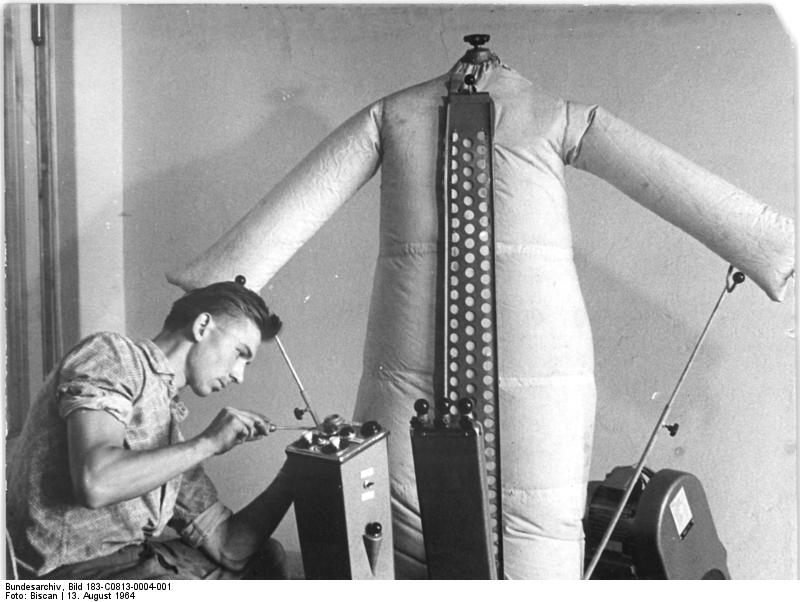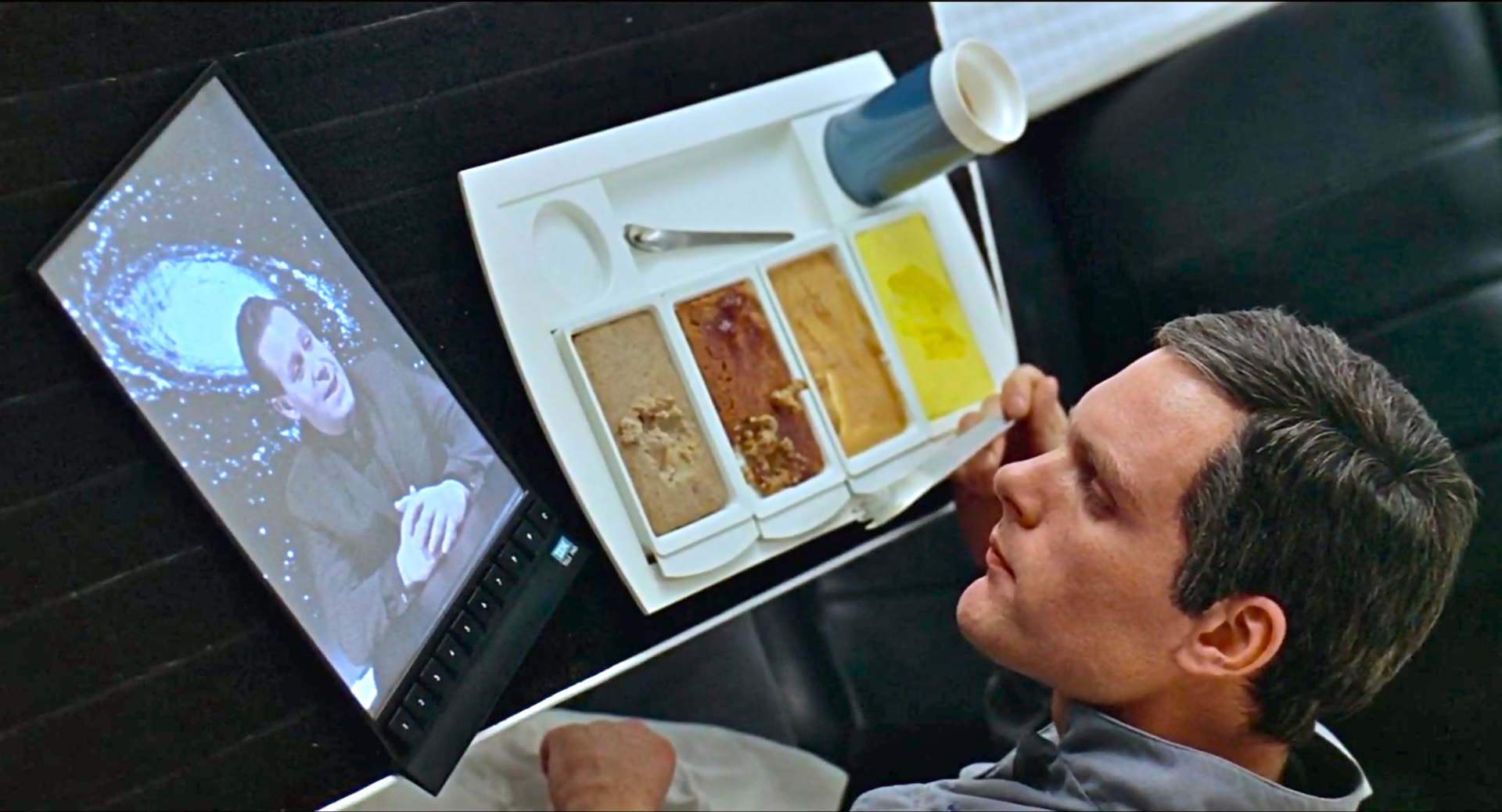So much of this era has been marked by creation and destruction, and even in the creative process itself, the teardown of the accepted order is vital. From John Arlidge’s long Time interview with Apple design guru, Jony Ive, who outdid even Braun’s immaculateness with his products:
“Ive is in a good mood today — and not just because he’s celebrating his 47th birthday. He likes the idea of this interview series because he sees himself as more of a maker than a designer. ‘Objects and their manufacture are inseparable. You understand a product if you understand how it’s made,’ he says. ‘I want to know what things are for, how they work, what they can or should be made of, before I even begin to think what they should look like. More and more people do. There is a resurgence of the idea of craft.’
Ive has been a maker ever since he could wield a screwdriver. He inherited his craftsman’s skills from his father, Michael. He was a silversmith who later became a lecturer in craft, design and technology at Middlesex Polytechnic. Ive spent his childhood taking apart the family’s worldly goods and trying to put them back together again. ‘Complete intrigue with the physical world starts by destroying it,’ he says. Radios were easy, but ‘I remember taking an alarm clock to pieces and it was very difficult to reassemble it. I couldn’t get the mainspring rewound.’ Thirty years later, he did the same to his iPhone one day. Just to prove he still could.
‘I want to know what things are for, how they work, what they can or should be made of, before I even begin to think what they should look like’ A love of making is something he shared with Jobs, Apple’s former chief executive who died three years ago. It helped the two men forge the most creative partnership modern capitalism has seen. In less than two decades, they transformed Apple from a near-bankrupt also-ran into the most valuable corporation on the planet, worth more than $665 billion.
‘Steve and I spent months and months working on a part of a product that, often, nobody would ever see, nor realize was there,’ Ive grins. Apple is notorious for making the insides of its machines look as good as the outside. ‘It didn’t make any difference functionally. We did it because we cared, because when you realize how well you can make something, falling short, whether seen or not, feels like failure.'”


